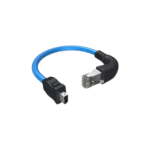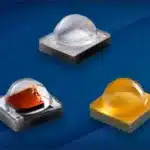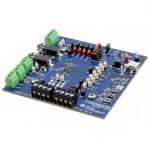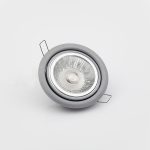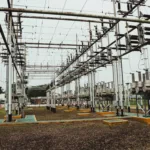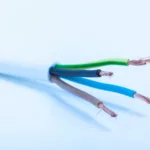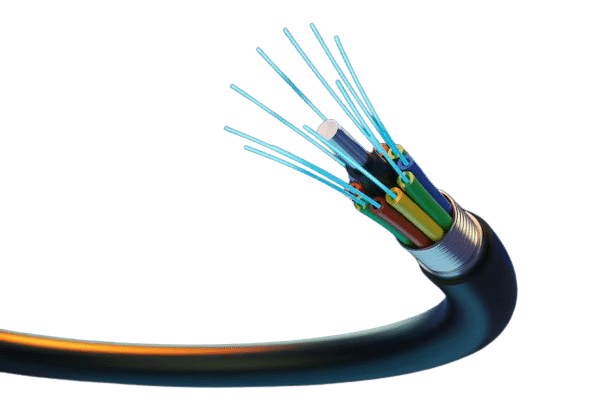
Introduction
In today’s fast-paced digital world, the demand for high-speed internet and data transmission is at an all-time high. Fiber-optic cables, with their superior bandwidth and speed capabilities, have become a cornerstone in meeting this demand. Whether you’re a telecommunications provider, data center manager, or IT professional, finding the right fiber-optic cables can be a time-consuming and challenging task. This article helps users simplify their search for the perfect fiber-optic cable by providing the proper knowledge, essentials, and guidance they need to know.
Understanding Fiber-Optic Cables
Fiber-optic cables, the backbone of modern telecommunications systems, are composed of one or more optical fibers that transmit data without signal loss. Unlike copper cables, fiber-optic cables utilise light to transmit data at incredibly high speeds. These cables are indispensable in the modern digital world due to their unprecedented benefits in terms of robust security, higher bandwidth, and reduced susceptibility to electromagnetic interference. These capabilities make them ideal candidates for a variety of applications in various domains.
Gain A Brief Overview Of Popular Types of Fiber-Optic Cables
There are primarily two types of fiber-optic cables: Single-mode and Multi-mode.
- Single-mode Fiber (SMF): This fiber type is designed for long-distance communication. Its small core (about 9 micrometers in diameter) allows only one mode of light to propagate, minimising signal loss and allowing data to travel longer distances without degradation.
- Multi-mode Fiber (MMF): Multi-mode fiber, on the other hand, has a larger core (about 50 to 62.5 micrometers in diameter) and is used for shorter distances. It supports multiple modes of light, making it a preferred choice for data transmission over shorter distances with high bandwidth.
The Significance of Considering Multiple Parameters for Choosing the Fiber-Optic Cable
Considering multiple parameters for the best fiber-optic cable is significant for various reasons, impacting everything from network performance to long-term scalability and cost-effectiveness. A suitable optical cable can ensure high-speed data transmission and maintain the integrity and reliability of communication networks. Additionally, having the best fiber-optic cable enhances safety and ensures the longevity, efficiency, and durability of your communication infrastructure.
Choosing the Right Fiber-Optic Cable: Critical Selection Parameters
When selecting the best fiber-optic cable for your specific needs, several key parameters come into play that should be ascertained. Some of the best selection parameters include:
Distance and Bandwidth Requirements
Fiber-optic cables vary in their maximum transmission distance. For long-distance transmissions requiring high bandwidth, single-mode fiber is the best choice. On the other hand, multi-mode fiber is more suitable for shorter distances with high data volume.
Connector Types
Fiber-optic cables come with different types of connectors, such as LC, SC, ST, and MTP/MPO. The choice of connector depends on the compatibility with your existing network equipment.
Cable Construction
Consider the cable environment in which it will be installed. For harsh environments, look for cables with robust construction and protective jackets. Indoor cables require less protection compared to outdoor cables, which need to be resistant to water, UV, and extreme temperatures.
Compatibility
Ensure the cables are compatible with your existing network components, such as connectors and optical transceivers.
Standards and Compliance
Ensure the cable meets industry standards (e.g., ISO/IEC, ITU, TIA/EIA) and compliance requirements for safety and performance.
Interference
Choose cables that are less susceptible to multiple interferences. Fiber-optic cables typically offer robust resistance against various sources, including lightning storms, power lines, and other disruptions.
Cost vs. Quality
While cost is a significant factor, balancing it with the quality and reliability of the cable is critical. Investing in higher quality may result in better performance and fewer issues over time.
Manufacturer and Warranty
Opt for reputable manufacturers offering solid warranties and support to address any issues and ensure the longevity of your investment.
Installation Considerations of Fiber-Optic Cables
Proper installation is a significant factor in the optimal performance of fiber-optic cables. Factors such as bending radius, pulling tension, and proper termination techniques must be considered. Hiring a professional installer can ensure that these factors are appropriately addressed.
Maintenance and Troubleshooting Considerations of Fiber-Optic Cables
Regular maintenance and troubleshooting are essential for maintaining the performance and longevity of fiber-optic cables. This includes regular inspections, cleaning of connectors, and using proper tools for testing and troubleshooting.
Bottom Lines
Finding the right fiber-optic cable doesn’t have to be complicated. By understanding the basics of fiber-optic technology, knowing your requirements, and considering the installation and maintenance aspects, you can simplify your search and make an informed decision. Whether for a large-scale telecommunications network or a small office setup, the suitable fiber-optic cable can significantly enhance your data transmission capabilities, reduce overall system costs, and ensure high-speed and reliable communication.






